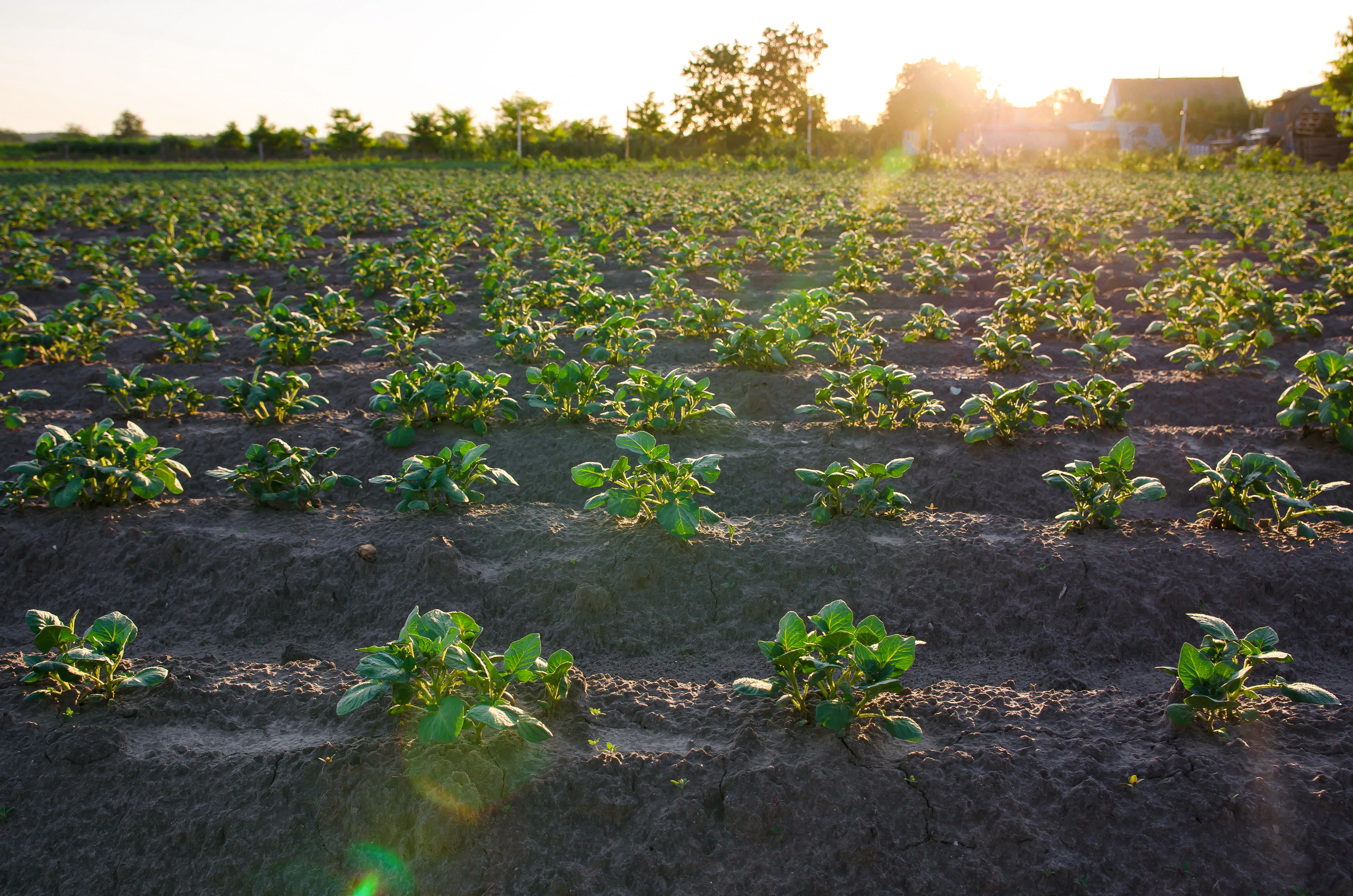The news is official, the withdrawal timelines are confirmed. With the consultation process finished, the WTO has confirmed the withdrawal timelines for mancozeb.
The confirmed withdrawal timelines are:
The sale and supply of any plant protection product containing mancozeb - November 30th 2024
The storage, disposal, and use of any plant protection product containing mancozeb - November 30th 2025
As we’ve written about extensively, there’s little doubt this is a blow to growers up and down the country, as the threat of blight looms large from the continent, with concern over strains resistant to CAA and OSBPI.
“The loss of this active ingredient would leave the industry without a vital tool for disease control and fungicide resistance management,” says Geoff Hailstone, UPL’s potato technical lead.
We continue to work with grower representatives and the potato industry, making significant efforts to defend the use of mancozeb, and will ensure products like NAUTILE DG (cymoxanil + mancozeb) and MANZATE 75 WG (mancozeb) continue to be available throughout the sell-out period.
And we’re championing other alternatives like PROXANIL, which, as Geoff says, “will become even more critical.”
“The two actives in PROXANIL (cymoxanil + propamocarb) have no reported resistance issues; they are both from different chemistry groups and are the only members of those groups.”
It’s never been more important to focus on blight control programmes and how growers should best prepare for and combat resistant strains, which is why there was no better time for our expert-led webinar.
Resisting Blight Resistance - The Webinar
On April 30th, our UPL potato technical lead - Geoff Hailstone - was joined by three experts from across the industry to host a dedicated, hour-long webinar on the subject of potato blight and how to deal with the rising threat of resistant strains.
We heard from:
Dr. David Cooke - Lead research from the James Hutton Institute, which runs the Fight Against Blight monitoring service
Eric Anderson - Senior agronomist at Scottish Agronomy
Stephen Kildea - Plant pathologist and research officer at Teagasc
You can replay the whole webinar here.
The webinar kicked off with a question asked directly to all the growers who’d joined to watch live:
“What concerns you most when you think about controlling late blight this season?”
The results clearly showed an eagerness to tackle the problem, with cost factors taking a backseat compared with the threat of resistant strains and ineffective control.
Diving into the threat from the continent
With only an hour to cover several key topics, we got stuck straight into discussing the threat from Europe, with the change in blight strains and the risk of seed imports.
Dr. David Cooke from the James Hutton Institute began by explaining the rise of the EU43 and EU46 strains and their resistance to carboxamide fungicides like Revus.
These strains have caused widespread losses in the Netherlands after abnormally wet conditions overwhelmed fungicide programs over-reliant on this chemistry.
Eric Anderson quantified the potential impact these strains could have here, warning that "a worst case scenario 10% yield loss across the UK potato area would equate to £138 million in lost value.”
Stephen Kildea cautioned that the threat of import via seed shouldn’t be growers' only concern, as these resistant blight strains could easily spread via the wind across to the UK mainland too.
Reducing the levels of inoculum with cultural controls
Our next section focused on the importance of reducing primary inoculum sources through strict hygiene.
Everyone on the panel emphasised the importance of eliminating volunteers, discard piles, ground keepers and other potential reservoirs.
Steven advised "it's easier to avoid it than try to rescue it later because that can cause more problems."
The Fight Against Blight and forecasting tools
With Dr. David Cooke on the panel, our talk soon turned to discussions of monitoring and forecasting to help growers deal with the blight threat.
He encouraged us all to use the Fight Against Blight programme for population monitoring, as it provides an "early heads up on what's going on with blight populations this year.”
We then moved onto a discussion around decision support tools and their utility.
Eric cautioned that decision support systems can sometimes "underplay the real risk" based on the experience in the Netherlands. He recommends "maintaining a 7-day program and using decision support to indicate when to use more aggressive, anti-sporulant products."
Designing effective spray programmes
The fourth and final section of our blight webinar focused on the various guidelines from FRAC and manufacturers, and how to understand fungicide groupings to design more effective programmes.
Our panellists outlined strategies to mitigate resistance development through a responsible mix of available modes of action, as well as touching on those key guidelines.
David spoke about "mixing and alternating because that's what's worked in preventing resistance in Denmark,” while Stephen suggested deploying multi-site protectants in robust and alternate mixtures at >80% rates, to help us move away from that reliance on mancozeb and manage resistance.
There was so much discussed, too much to cover in detail.
We shared some key application guidelines to deal with the threat of blight last month, but to get the very best insight and understanding:
